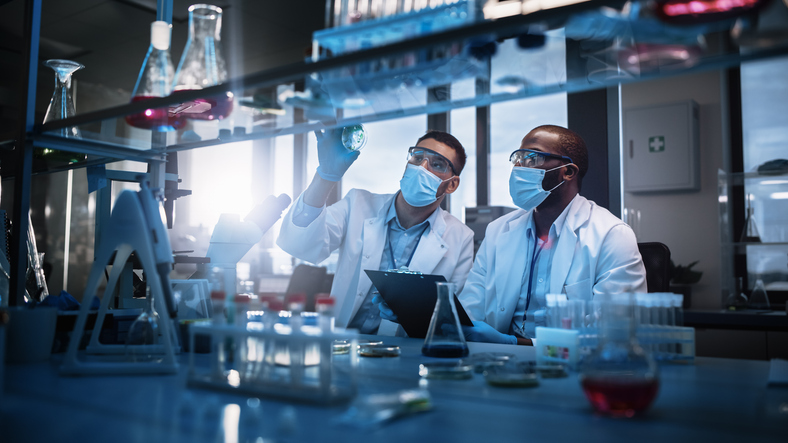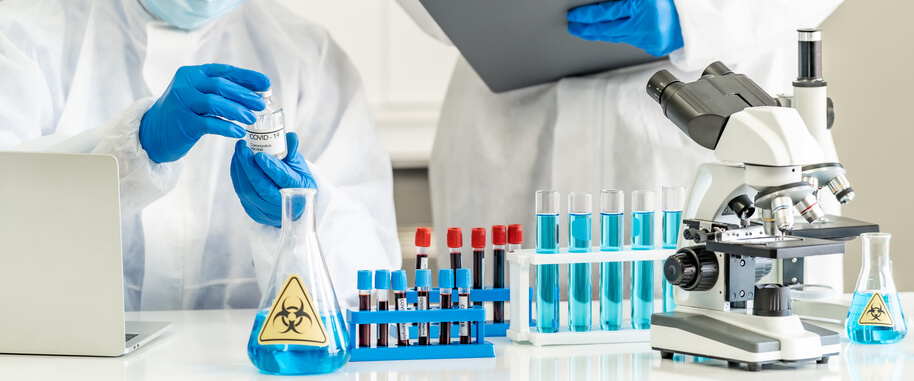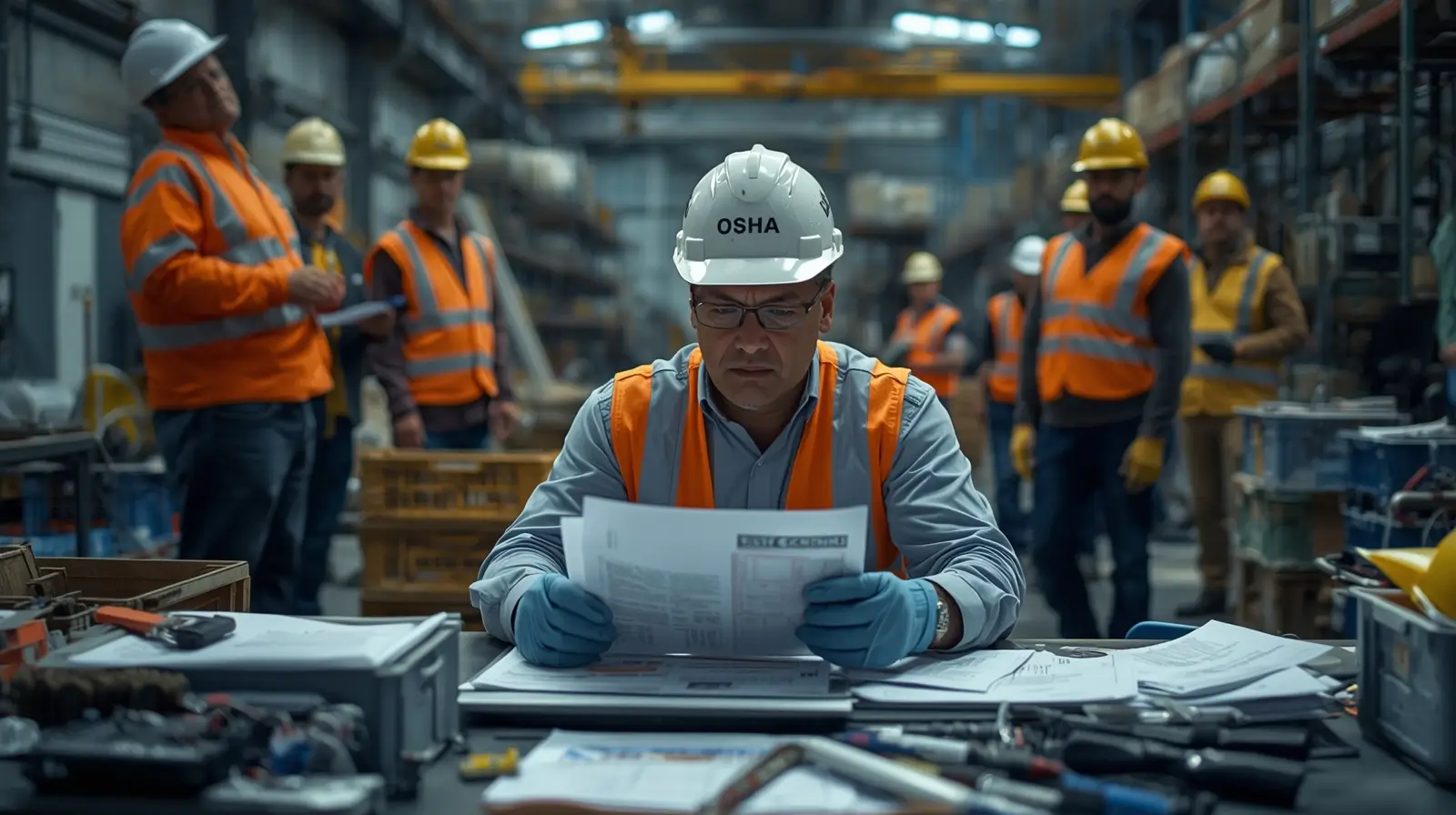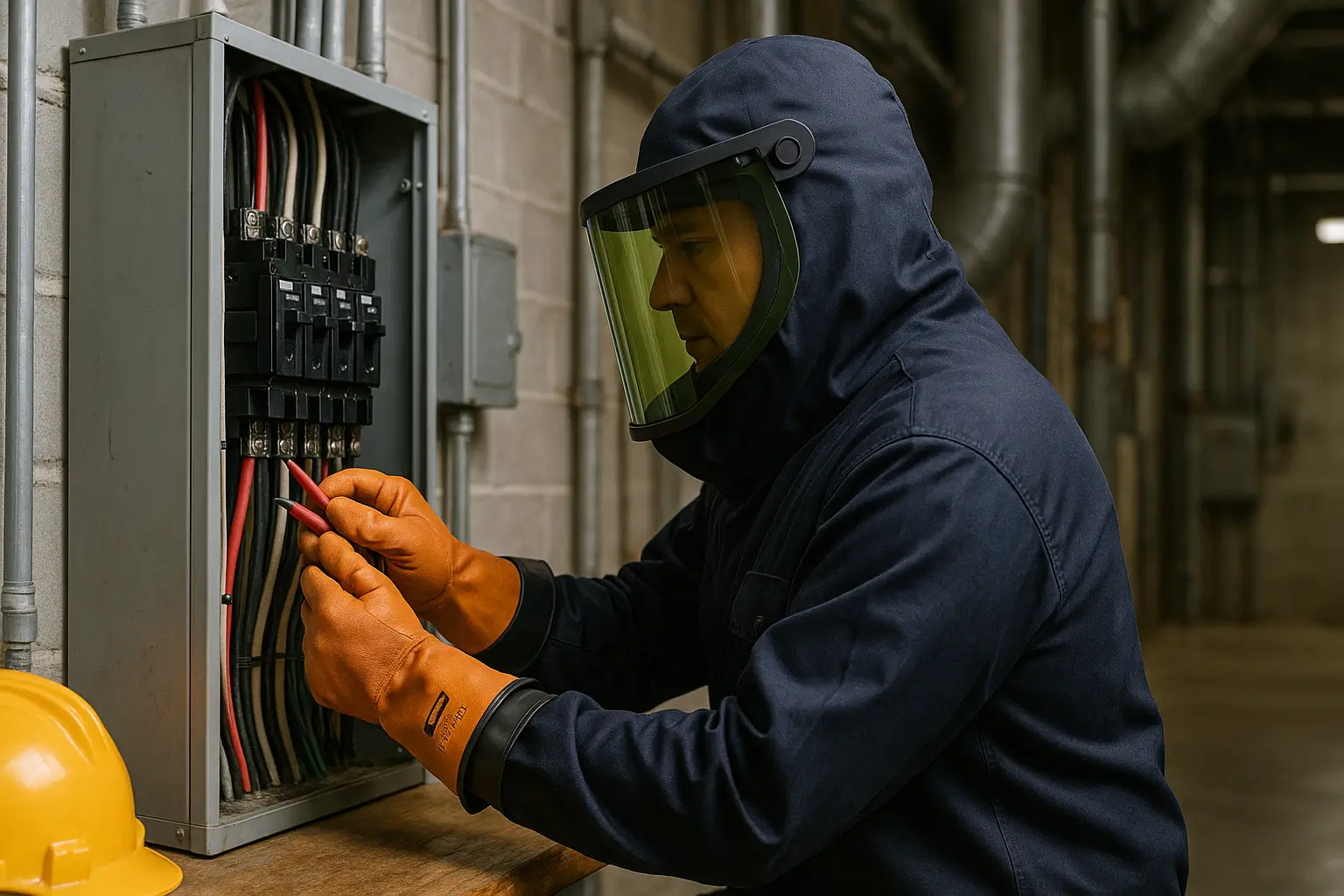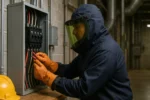Laboratories are integral to scientific research and education, offering a controlled environment for experiments and discoveries. However, they also present various hazards if safety protocols are not strictly followed. Ensuring the safe use of lab equipment is paramount to prevent accidents, injuries, and potential financial losses. This article delves into the dos and don’ts of laboratory safety, supported by relevant statistics and facts.
Understanding Laboratory Risks
Statistics on Lab-Related Injuries
Each year, a significant number of lab-related injuries are reported globally. According to the U.S. Bureau of Labor Statistics, a huge number of accidents and illnesses have been reported. Among such cases, 2.8 million nonfatal workplace injuries were recorded. All of these cases were observed to occur in the labs. Specifically, the American Chemical Society highlights that most of these injuries result from improper use of lab equipment.
Common Types of Lab Accidents
The most frequent types of accidents in laboratories encompass a variety of hazards that pose significant risks to lab personnel. Burns are a common occurrence, often caused by the improper handling of Bunsen burners, hot plates, or other heat sources, leading to severe skin damage and pain. Cuts frequently result from broken glassware or the mishandling of sharp instruments, which can cause deep lacerations and potential infection.
Chemical Exposure is another prevalent accident type stemming from spills, splashes, or the improper storage of hazardous chemicals. This exposure can lead to serious health issues, including respiratory problems, skin irritation, and long-term toxic effects. These types of accidents underscore the importance of adhering to Lab Safety rules and the safe use of lab equipment, as they can significantly reduce the likelihood of such incidents and ensure a safer working environment for all laboratory personnel.
Costs of Lab Accidents
Lab accidents can be costly, not only in terms of medical expenses but also due to equipment damage and downtime. Universities accounted for the highest rate of lab accidents by institution type, at 70.4% (138 cases). This high incidence rate underscores the substantial financial burden that lab accidents can impose on academic institutions, affecting both their operational efficiency and overall budget.
Beyond the immediate medical costs and repair expenses, accidents can lead to significant disruptions in research activities, causing delays and potentially jeopardizing ongoing projects and funding. The ripple effect of such incidents highlights the critical need for stringent safety protocols and regular safety audits to mitigate risks and minimize costs.
The Do’s of Lab Safety
Do Wear Appropriate Personal Protective Equipment (PPE)
Wearing lab safety equipment such as gloves, goggles, lab coats, and appropriate footwear is essential for maintaining a safe laboratory environment. Gloves are crucial as they protect hands from chemical exposure and cuts, preventing harmful substances from causing skin irritation or more severe health issues. Goggles are vital for shielding the eyes from splashes and flying debris, ensuring that no harmful chemicals or particles come into contact with the eyes, which could result in severe damage or blindness.
Lab Coats serve as an important barrier against spills and splashes, preventing chemicals from soaking into clothing and coming into direct contact with the skin. This protective gear is fundamental in promoting lab safety rules and ensuring the safe use of lab equipment, ultimately safeguarding the well-being of all laboratory personnel.
Do Follow Lab Safety Rules
Adhering to established lab safety rules is critical for mitigating risks and ensuring a safe working environment. These rules are meticulously designed to address various hazards and promote safe practices within the laboratory. One fundamental aspect is to know emergency procedures, which involves familiarizing oneself with emergency exits, eyewash stations, and safety showers. This knowledge is vital for responding swiftly and effectively in case of an accident.
Another crucial rule is to label and store chemicals properly. By correctly labeling and storing chemicals, accidental exposure, and dangerous reactions can be prevented, thereby maintaining a safe and organized workspace. Additionally, it is essential to conduct regular equipment inspections. Regularly checking and maintaining equipment ensures it is in good working condition, which prevents malfunctions and reduces the likelihood of accidents.
Adhering to these lab safety rules not only protects individuals but also fosters a culture of safety and responsibility in the laboratory.
Do Receive Formal Safety Training
Safety training programs are vital for educating lab personnel on proper protocols and hazard recognition. According to the National Safety Council, a large number of lab workers who received formal safety training reported a significant reduction in incidents.
Do Perform Safety Audits
For better identification of potential hazards and ensuring adherence with the safety standards that are enlisted, regular safety audits and inspections should be done. Laboratories that conduct frequent safety audits report a 60% reduction in accidents compared to those that do not.
The Don’ts of Lab Safety
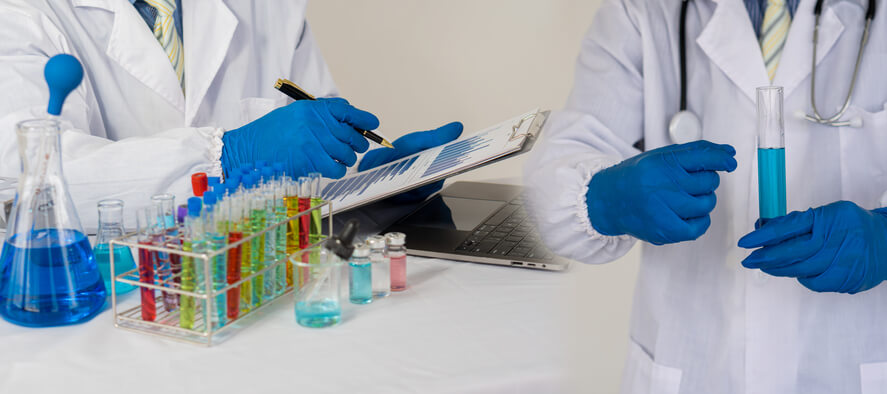
Don’t Use Equipment without Proper Training
Operating lab equipment without adequate training can lead to severe injuries. Statistics show that 40% of lab accidents are caused by misuse of equipment due to insufficient training.
Don’t Ignore Safety Protocols
In case of ignorance of safety protocols, accidents can also occur, apart from legal consequences. OSHA reports that laboratories violating safety regulations face fines ranging from $7,000 to $70,000 per violation.
Don’t Work Alone
Working alone in the lab increases the risk of unnoticed accidents. Always ensure there is another person present or nearby when conducting experiments, especially those involving hazardous materials.
Don’t Eat or Drink in the Lab
Consuming food or drinks in the lab is a significant safety violation. It increases the risk of ingesting hazardous substances, leading to severe health consequences.
Success Stories and Trends in Lab Safety
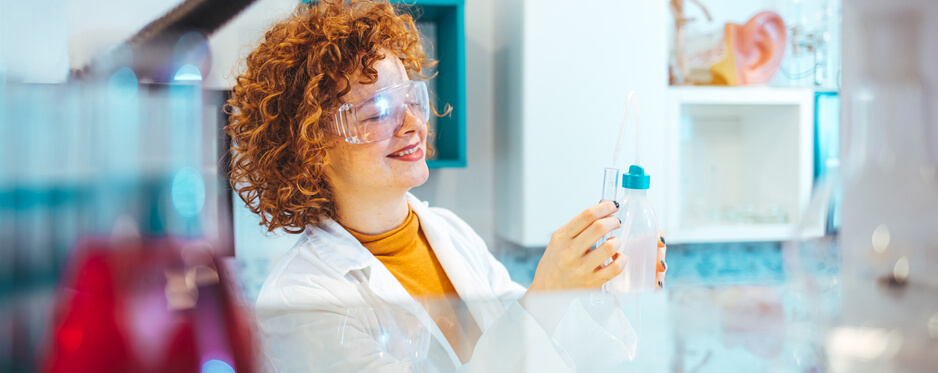
Effective Implementation of Safety Protocols
A notable success story is the implementation of comprehensive safety protocols at the University of California, Los Angeles (UCLA). Following a tragic lab accident in 2008, UCLA revamped its safety procedures, resulting in a 25-fold increase in the number of lab personnel attending online lab safety training.
Trends in Lab Safety Improvements
Recent trends indicate a growing emphasis on lab safety across various sectors. Enhanced training programs, better PPE, and advanced safety equipment have contributed to a decline in lab accidents. For instance, the introduction of chemical fume hoods has significantly reduced the risk of chemical exposure.
Comparative Safety Performance
Comparative statistics reveal varying lab safety performance across regions. North America and Europe report higher adherence rates with safety regulations compared to other regions. This disparity highlights the need for global standardization of lab safety rules and practices.
Importance of Maintenance and Equipment Checks
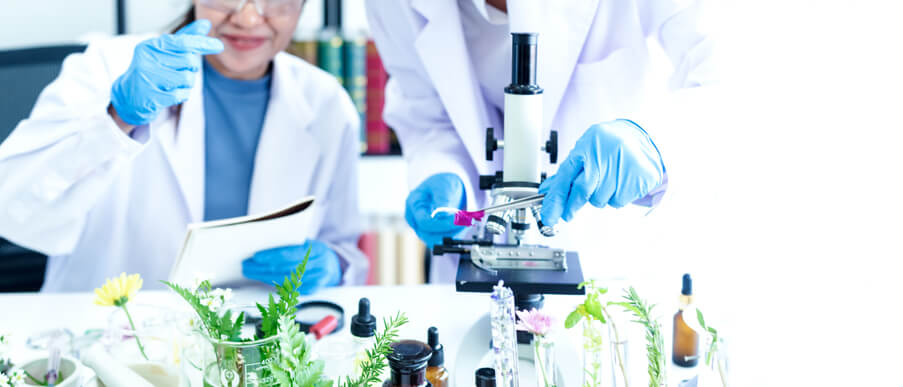
Correlation between Maintenance and Safety
Regular maintenance and equipment checks are crucial for ensuring the safe use of lab equipment. Laboratories that implement routine maintenance schedules report fewer equipment failures and accidents. Equipment failures could lead to a significant number of injuries and accidents.
Failure Rates of Laboratory Equipment
Certain types of lab equipment are more prone to failure, posing significant safety risks. Centrifuges, for example, have a higher failure rate due to their mechanical complexity. Regular inspections and timely repairs are essential to prevent accidents.
Financial Impact of Lab Accidents
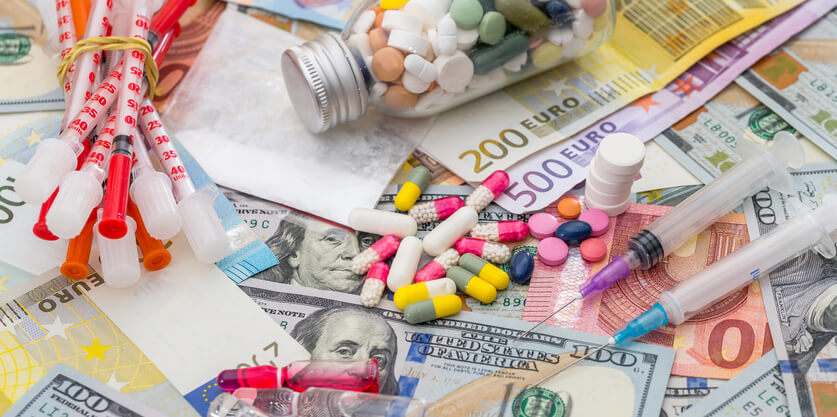
Medical Expenses and Equipment Damage
The financial impact of lab accidents extends beyond immediate medical expenses. Equipment damage and replacement costs can be substantial, often exceeding the initial medical costs. Additionally, laboratories may face legal fees and increased insurance premiums.
Potential Financial Losses Due to Downtime
Downtime caused by lab incidents can lead to significant financial losses. Research projects may be delayed, and productivity can be hampered. It is estimated that lab downtime costs the scientific community millions of dollars annually.
adherence with Safety Regulations
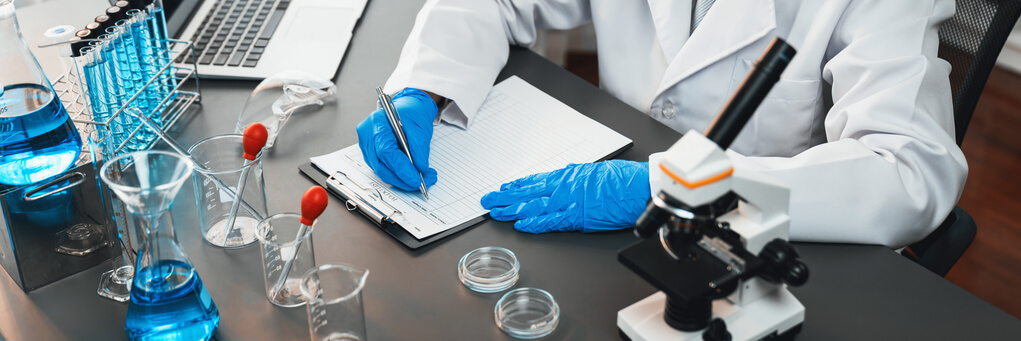
Statistics on Safety Violations
adherence with safety regulations is a critical aspect of laboratory management. OSHA reports that laboratories with poor adherence records face substantial fines. In 2018, OSHA imposed over $3.5 million in penalties for lab safety violations in the United States alone.
Effectiveness of Safety Audits
The effectiveness of safety audits cannot be overstated in maintaining a secure laboratory environment. These audits serve as a systematic review process, ensuring adherence with established safety standards and identifying potential areas for improvement. Laboratories that conduct regular safety audits typically report fewer incidents, as these assessments help uncover hidden hazards before they can cause harm.
Moreover, frequent audits lead to higher adherence rates with safety standards, as they reinforce the importance of adhering to safety protocols and procedures. By systematically evaluating safety practices, audits also promote a culture of continuous improvement, where lab personnel are encouraged to maintain and enhance safety measures consistently. The proactive identification of risks and subsequent implementation of corrective actions contribute significantly to reducing accidents and enhancing overall lab safety.
Thus, safety audits are a critical component of effective laboratory management, ensuring a safer working environment for all.
Conclusion
Ensuring the safe use of lab equipment is a shared responsibility among all laboratory personnel. By following established lab safety rules, wearing appropriate lab safety equipment, and participating in regular training and audits, laboratories can significantly reduce the risk of accidents and injuries. The financial and operational benefits of a safe laboratory environment far outweigh the costs of implementing and maintaining rigorous safety protocols.
Proper maintenance and regular equipment checks are essential for preventing equipment failures and accidents. By staying vigilant and adhering to safety guidelines, laboratories can create a safer and more productive environment for scientific research and education. As trends in lab safety continue to improve, the scientific community must remain committed to upholding the highest standards of safety and adherence.

